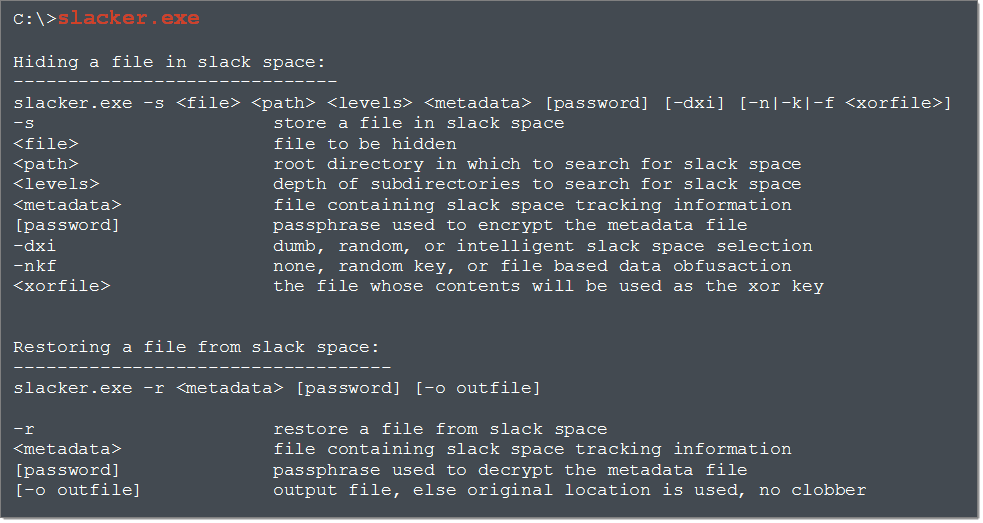
On a silicon drive, it's more like 90% for 'shred-a-file' dropping to 5%-ish after 'shred-a-device'. On a magnetic drive, 5% of the original data can remain untouched. Neither will shred or format applied to parts of a device. "why you're telling me all this" Because sfill will not do a secure-delete the subject of your post."permanently delete files". Running a space-filler as an ordinary user will miss that 5%.

#WIPE FREESPACE FREE#
The ext4 file system formatted by the Mint installer reserves a random 5% of the free space for the root user. will make a file 'filler' that grows as big as it can using random data, then reset to zero length. cat /dev/urandom > filler || truncate -s 0 filler. Writing random-fill to a silicon store is useless, it just provokes the opposite of what you wanted, more copies of old data.įor magnetic storage, GNU-Linux doesn't need special tools to write random bytes. I think it's a good guess that those missing sectors are the oldest (most used) parts of the chip, so they almost certainly hold pieces of file data that I can't get to. My USB '32GB' store only admits to 30.75GB as user sectors.4% is 'missing'. If there are legal or military implications, the only 'beyond-reasonable-doubt' method is to only store encrypted data, where old data is useless without the key.Īn SSD or USB-Flash has data storage that you can't access.

If it's just for your personal satisfaction, fine. Mint is an Ubuntu derivative, but file-wiping is broader than the distro or even the kernel you are using.


 0 kommentar(er)
0 kommentar(er)
